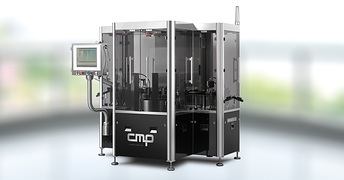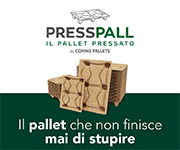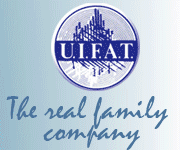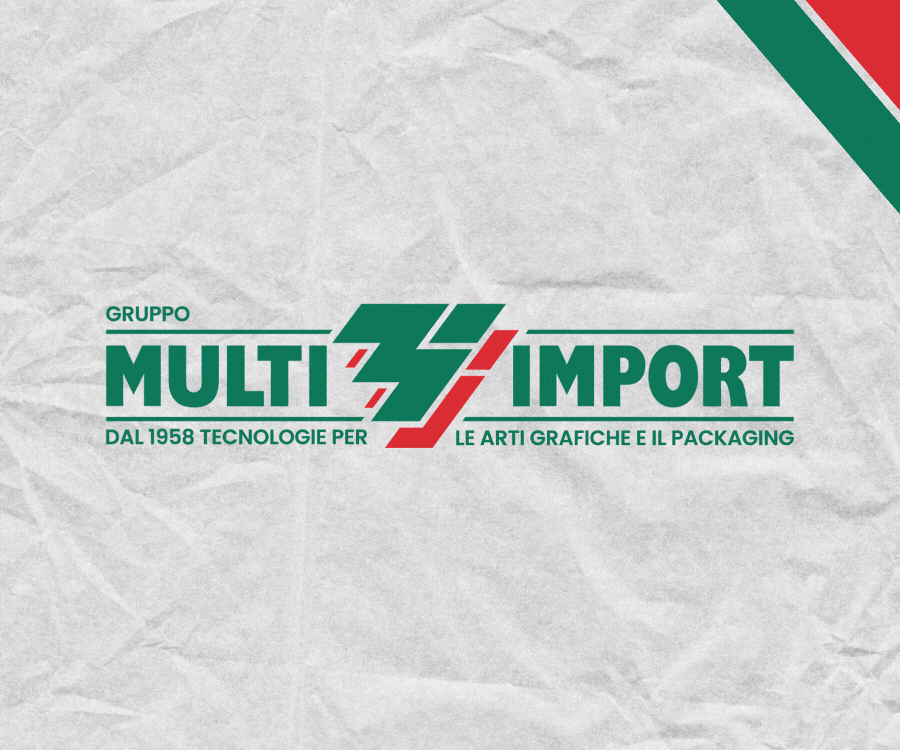IBSA and Marchesini Group, a successful partnership
Over time, the partnership between the two groups was strengthened: over the last nineteen years, Marchesini Group has supplied IBSA with cartoning machines, labelling machines, blister packaging machines, machines for primary filling and secondary packaging, as well as automatic case packers and tube filling machines to meet specialised and complex production requirements. Amongst the most recent orders are two machines from CMP Phar.ma.
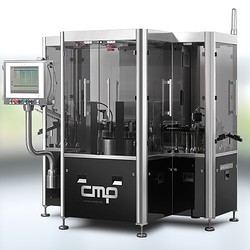
The partnership between IBSA Group and Marchesini Group dates back to the late 1970s, when Swiss pharmaceutical company Inpharzam – founded under the general management of Dr. Arturo Licenziati – set about looking for a company to supply a line for sorting sachets of granules. The chosen supplier was a small Bolognese engineering firm owned by Massimo Marchesini.
In 1985, Mr Licenziati decided to set up on his own by acquiring a small Swiss pharmaceutical company, IBSA SA (Institute Biochimique SA) of Lugano. Licenziati took some trusted technicians who had previously worked with him to the new company. This meant that the tried and tested relationship with Marchesini Group was not interrupted – quite on the contrary, it was only strengthened, thanks to orders for further machines and lines to handle the gradual development of new formulations.
Automatic inspection machines for pre-filled syringes
Amongst the most recent orders, IBSA Farmaceutici requested a customised machine for the inspection of pre-filled syringes with products in both liquid and gel form (hyaluronic acid) from CMP Phar.ma, the Marchesini Group brand specialised in inspection and control solutions for pharmaceutical products. The solution in question was customised with slow or fast rotation of the product depending on its composition. For the particle control of the gel, a dedicated algorithm was developed to discriminate between particles contained in the product (reject) and dirt/dust on the outside of the container (good). Finally, two supplementary reject channels were added to the two standard ones at the customer’s request.
An extraordinary control
The SA12J is specifically designed to automatically perform visual impurity inspection of syringes, rejecting those with various types of defects so that the syringes which are passed as “good” are of irreproachable quality. Inspection of the syringes is performed by video cameras in six successive independent inspection stations: in each, the product is rotated at a variable speed (up to 3,000 rpm) in front of the camera. The inspection process begins with the control of the flange by camera TV1. Syringes with defects of the flange (cracking, chipping, breakages, etc.) are rejected. The intact syringes are then fed into the main inspection turret, the heart of the system, before undergoing inspections in the subsequent stations. Here, cameras TV2 and TV3 carry out particle inspection, rejecting syringes which contain any extraneous particles (glass, hairs, etc.). Camera TV4 performs a dual task: a third particle inspection and checking the correct filling level of the syringe, by acquiring the position of the surface of the liquid following rotation. The operating principle of these inspections is “image subtraction”: by acquiring up to 30 images for each sample, the presence of moving particles can be detected through comparison of the sequential images. Any difference between two successive images can correspond to a potential moving particle, which is classified as such through the application of filters and algorithms. When a particle is identified, the syringe is rejected. In the next inspection station, camera TV5 checks the presence and correct positioning of the stopper, as well as any liquid which has leaked between the ribs of the stopper. Finally, in the last inspection station, camera TV6 checks that the syringe’s security seal is correctly positioned and inspects the cosmetic appearance of the syringe body. All rejected syringes are collected in dedicated containers for different defect types.
Read the complete article on Rassegna dell’Imballaggio, April issue
Prodotti e tecnologie: MARCHESINI GROUP
Gallery


